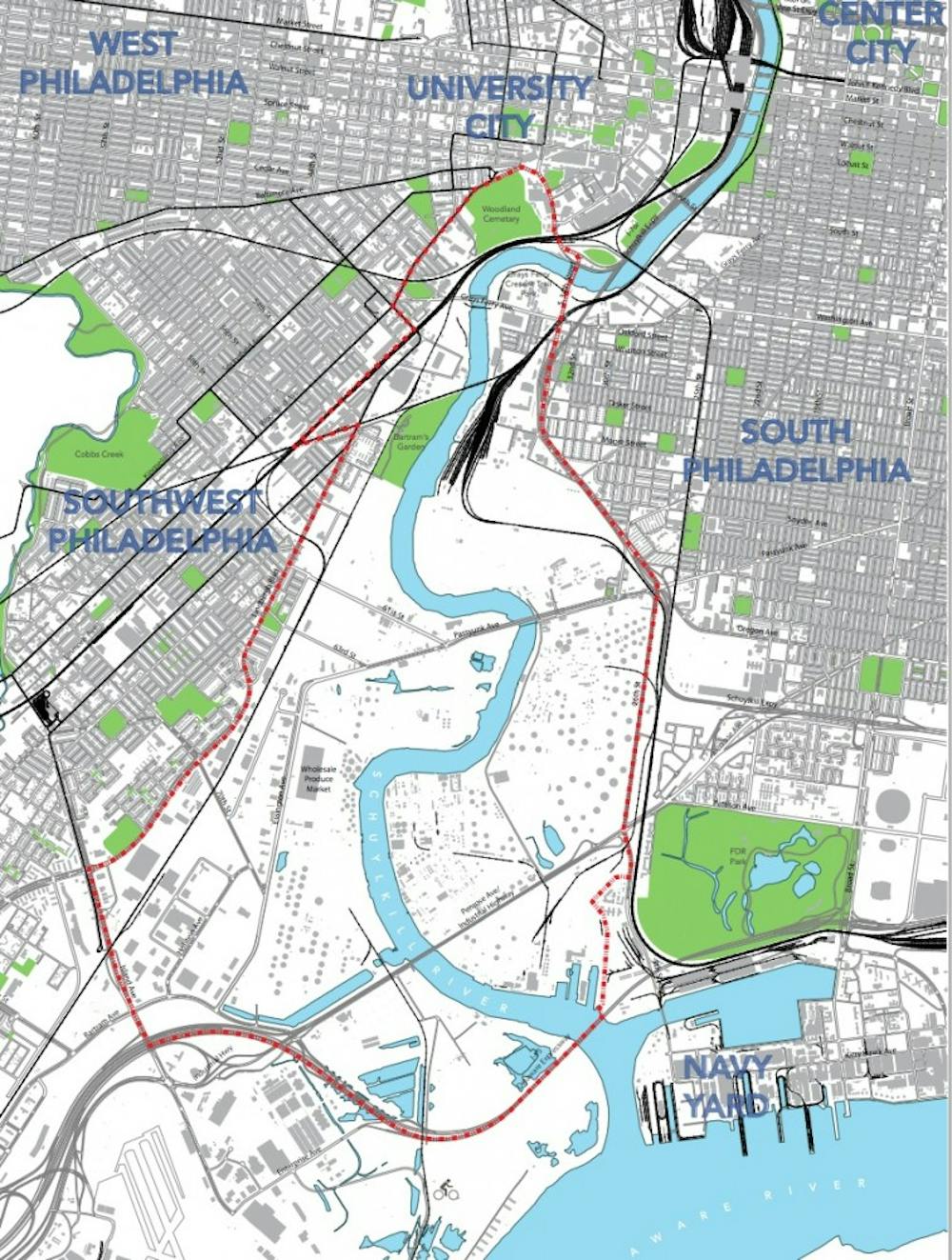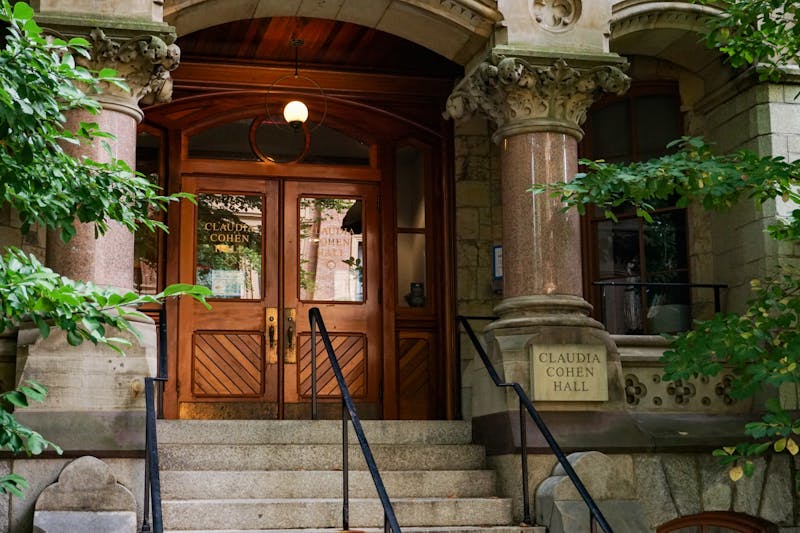
The 96 acres of the Schuylkill Rail Yards may eventually serve a bigger purpose.
Drexel University is taking essential steps towards developing this land by initiating a feasibility study of the area. The university-funded, $1 million-plus study is being done collaboratively with Amtrak and SEPTA, which own most of the land.
According to The Philadelphia Inquirer, the study could determine whether or not an elevated platform could be built over the rail yards, connecting 30th Street Station to places like the Philadelphia Art Museum and Center City.
“This study represents a serious attempt to try to figure that out,” Drexel President John Fry said in the Inquirer article. “If the answer is yes, it opens up possibilities that I don’t think anyone has really ever thought about before, to link the city in various ways.”
Drexel is not the first to look at this piece of land. In 2011, Penn School of Design students wrote a 136-page report entitled “A Vision for Schuylkill Rail Yards,” which extensively analyzed the area, possibilities for its development as well as the costs and benefits of doing so.
Director of the project and Executive Director of Penn Praxis — the school’s applied research arm — Harris Steinberg said the study done by his students encompasses about twice the area Drexel is looking at.
More specifically, the 55 acres Drexel is paying particular attention to is known as the Penn Coach Yards and is used to store and maintain trains.
According to Fry, this portion of the land would be easier to develop than the rest, but the high-voltage electrical lines over the property pose a great amount of risk.
Though Penn has been in communication with Drexel regarding Penn Praxis’ study, Penn’s intentions of expanding into the rail yards are limited.
“[The Schuylkill Rail Yards] is not contiguous to Penn’s campus,” Steinberg explained. “[Penn] has always focused on having a very compact and contiguous campus.… This is in Drexel’s backyard.”
Penn has instead focused its efforts of acquisition on land along the Schuylkill River.
“[Penn] has supported riverfront development along the Schuylkill as seen in our Penn projects and acquisitions such as the postal lands which have recently been converted into Penn Park and the ongoing Cira South, as well as the current development of the 23-acre South Bank at Grays Ferry,” Vice President for Facilities and Real Estate Services Anne Papageorge said in an email.
Regardless of what Drexel finds during the feasibility study, the university continues to move forward with what they call an “innovation neighborhood.” Fry explained that the project includes a five million-square foot addition with commercial office space, research laboratories, student housing and a hotel.
Drexel released its master plan for expansion last December. This master plan foresees the student body growing from its current 26,000 to 34,000 by 2021. Options for expansion would, however, increase exponentially if Drexel were able to build over the prospective area.
Drexel’s feasibility initiative could capture the attention of the rest of the city. With Amtrak and SEPTA already involved in Drexel’s efforts, Steinberg said he is sure the city will become interested because the area is like a “missing link.”
In fact, the Penn Praxis report highlighted several dramatic improvements the development would bring including new transportation infrastructure, thousands of job opportunities and new space for real estate.
However, the report also projected a public expense of about $3.2 billion within a time span of 30 years or more for the development of the 96 acres.
As Drexel is still in the preliminary stages of the study, Drexel’s Director of Media Relations Niki Gianakaris declined to provide more details on the study.
The Daily Pennsylvanian is an independent, student-run newspaper. Please consider making a donation to support the coverage that shapes the University. Your generosity ensures a future of strong journalism at Penn.
DonatePlease note All comments are eligible for publication in The Daily Pennsylvanian.







